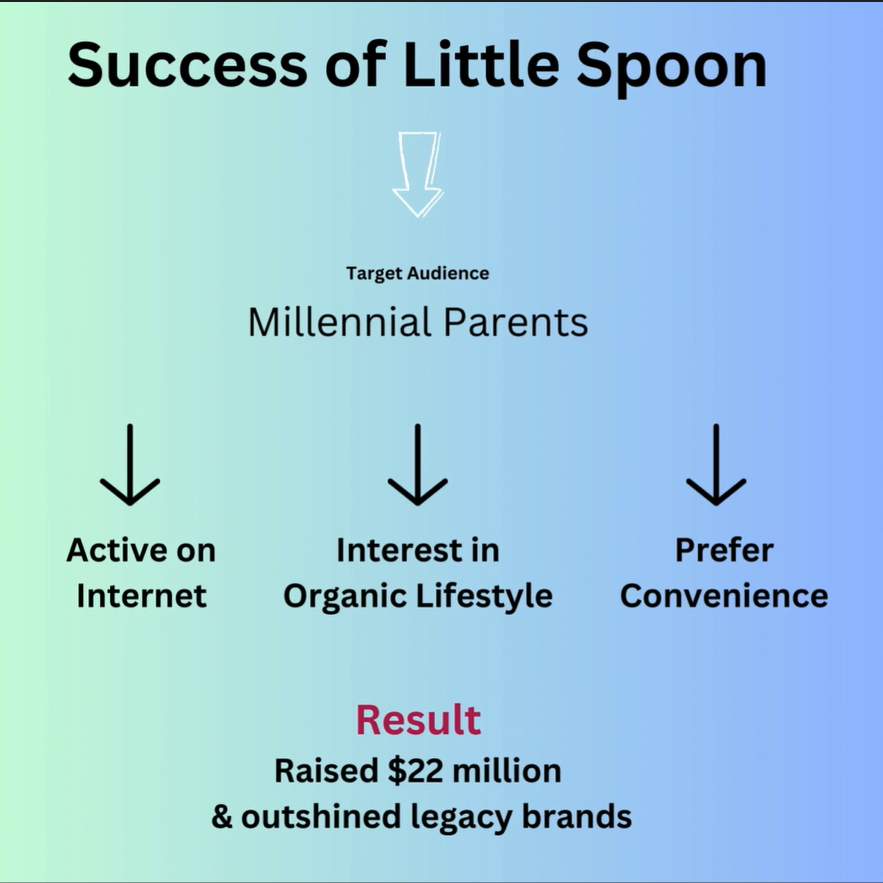
The Secret of the Rise – and Rizz – of Gen Alpha Consumers
Generation Alpha or Gen Alpha, people born (and… yet to be born) between 2010 and 2025 are the new darlings of ICPs and customer profiles.
This new gen will hit a whopping 2 billion by next year. For brands, this marks a greater urgency — time to gear up for new marketing strategies or risk becoming obsolete. As this gen comes up, marketers are noting their assertive attitude, digital sassiness, and nonchalant relationship to technology.
But why are Gen Alpha consumers attracting so much spotlight? They don’t even have purchasing capacity yet. Well, marketers are trained to think one step ahead – and campaign choices now will reach elder Alphas and cement brands, positively or terribly, in their minds. This is where brands can lay foundations of brand, image, and influence.
What do you need to know about gen Alpha? Let’s go.
Gen Alpha embraces the power of influencers
Currently, Gen Z and millennials in their late and early 20s explore the game of influencing through vlogging, reviews, GRMW (get ready with me) trends, and streaming. These new-gen kids started in influencer culture the moment they got their hands on the internet.
Children between the ages of 8 and 12 years spend an average of 4 hours in front of screens every day, while the young ones between the ages of 0 to 4 years stream YouTube videos daily. 51% of Gen Alpha hears about new brands through YouTube.
Cross-check their marketing preferences, and it’s obvious that Gen Alpha trusts the opinions and recommendations of their favorite influencers rather than traditional advertising. If you’re thinking that the influencers are of a different generation more correlated to traditional advertising – think again. Gen Alpha has it’s own crew of influencers.


Ryan Kaji, a 13-year-old Gen Alpha, has been reviewing toys and gaining immense popularity since he was 3. Yes, three years old. His videos now significantly influence kids from the same generation and their parents. Garza Crew is a Gen-A influencer in the skincare realm. The 7-year-old Garza twins have become famous and gathered over 4.8 million subscribers (about twice the population of Mississippi) on TikTok.
They call themselves Generation Alpha influencers, which shows how far this generation has gotten ahead of its predecessors. Several brands, such as Stanley Cup, Drunk Elephant, and Sephora, have become famous globally, and most of the credit has gone to these GenA influencers.
Visual and interactive mediums are new billboards
YouTube isn’t the only playground for these digital natives. Gen Alpha regularly dives into visual, auditory, and interactive platforms. Gaming is a massive part of their world.
Let’s talk Roblox. Created in 2006, it has become a legend and household name in 2024 due to its explosive popularity among Gen Alpha. This game allows individuals to make their universe and be anything they want while sharing experiences with other players. It’s a digital sandbox where imagination knows no bounds.
Roblox has partnered with brands like Forever 21, Crocs, and Nikeland, seamlessly integrating them into its vibrant world. Kids regularly interact with these brands, making virtual fashion statements and building digital empires.
Other games like Among Us, Fortnite, and Minecraft have become sensations for this young generation. Visual and interactive experiences are essential for Gen Alpha, and brands must adapt to this new phenomenon.
Parents’ Play
Apart from being born straight into the 21st century, what other cards does Gen Alpha have under its sleeve? The influence of their parents. The millennials. As millennials raise their GenA kids, the common traits we associate with millennial consumers (digitally native, tuned into social media, addicted to personalization and transparency) will be automatically imprinted on their children’s early lives.
Millennial parents wield the most significant consumer power in the world compared to other age groups – and the market has been slow to catch up. It is evident when young, agile brands outperform older, established brands in terms of revenue, popularity, and credibility among mass. Little Spoon, a subscription-based fresh meal service for babies, has raised $22 million to support its value proposition and outpaced legacy brands like Gerber.

What was the reason behind the newcomer’s rise? Little Spoon’s chief brand officer, Caryn Wasser, told the media that this generation of parents is more knowledgeable about food than previous generations, and they’re also time strapped. Little Spoon has successfully tapped into these pain points by offering convenient, nutritious meal options that resonate with millennial parents’ values and lifestyles.
Brands like Little Spoons have categorized their consumers based on stereotypical generational traits (remember Buzzfeed’s listicles), and millennial-focused brands have quickly recognized the unique challenges of these parents.
When thinking about Gen Alpha, slow down to consider the impact
Marketing to these impressionable kids in the guise of providing “valuable” content is a slippery slope.
Take the constant skincare routines, for example. Gen Alpha’s obsession with beauty and skincare is apparent, a fascination they likely picked up from their millennial parents and influencers. While brands ride the wave of this youthful enthusiasm, they must tread carefully to avoid exploiting their young audience.
Marketing to kids isn’t just about flashy ads and catchy slogans; it’s about understanding the delicate balance between influence and exploitation. Brands need to remember that they’re shaping the perceptions and habits of a generation. And with great power comes great responsibility.
Cut to the chase
Gen Alpha (born 2010-2025) has become the new favorite of brands, overshadowing Gen Z. These digital natives wield significant influence, making them prime targets for marketing agencies. The secret sauce? Millennial parents, young influencers, and clever generational trait marketing.

